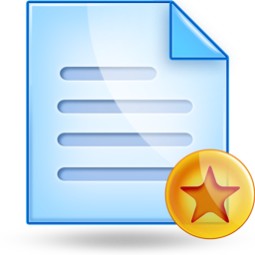Week 29 - Water Affects Landforms and Climate on the Earth
Lesson 7
Lesson 7: Erosion
Have you ever been by a river after a heavy rain? The water is dirty and likely has logs and other debris floating in it. A river looks muddy when it has a lot of sediment and soil in it. Some of the soil comes from the riverbank itself while the rest is carried down by runoff.
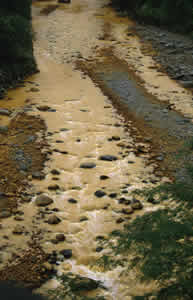
The surface of the Earth is constantly changing. Erosion is the process that wears away and moves the Earth's surface materials. The riverbank, in the photograph above, the land was eroded by the rainwater and the sediments are being transported to another area.
Gravity, glaciers, wind, and water all erode materials and carry them off. These agents only erode materials when they have enough energy of motion to do their work. When would the air cause erosion of topsoil-on a calm day or on a windy day? Obviously, it is on the windy day. Wind has the energy to wear away and transport dust, soil, and even rocks.
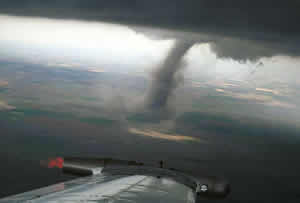
Take a look at the following pictures.
Where would you expect to see more erosion of the shoreline of an island in the ocean? On a day when there were waves crashing on the shore or on a calm day?
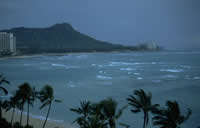
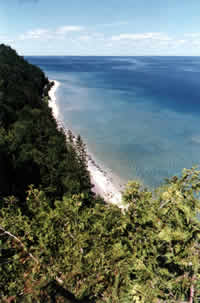
All agents of erosion deposit sediments they are carrying when their erosion energy decreases. This dropping of sediments is called deposition. Deposition is the final stage of the process of erosion. Sediments and rocks are deposited. Examine the following picture. What evidence do you see that sediments are being deposited?
In this lesson, you will investigate one of the more spectacular agents of erosion-glaciers.
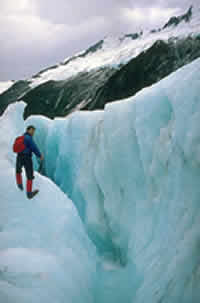 |
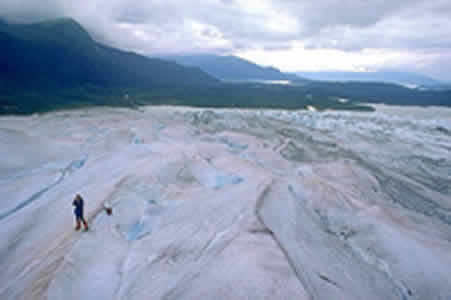 |
Exercise 2.3: Glacier Presentation
|
© 2002 Alberta Online Consortium
|
